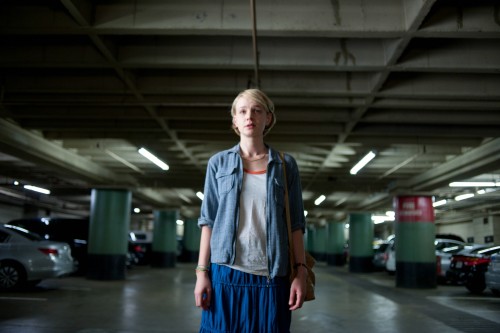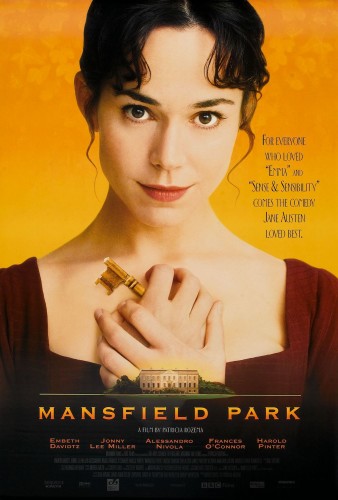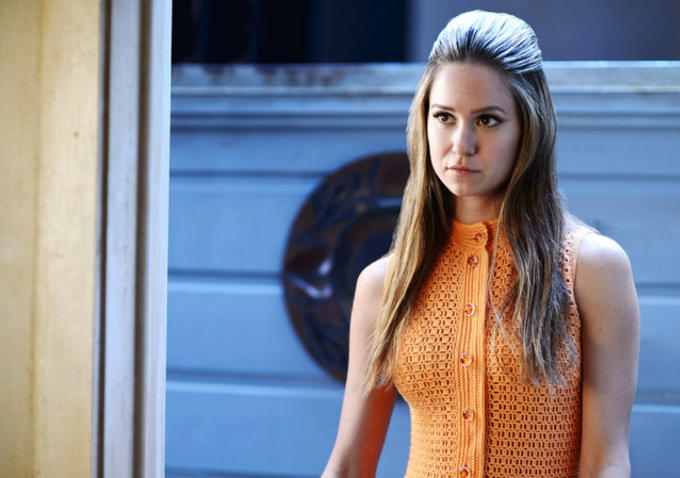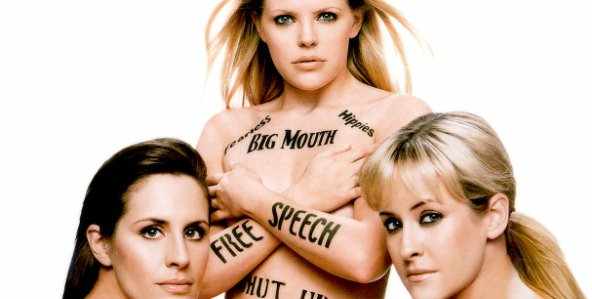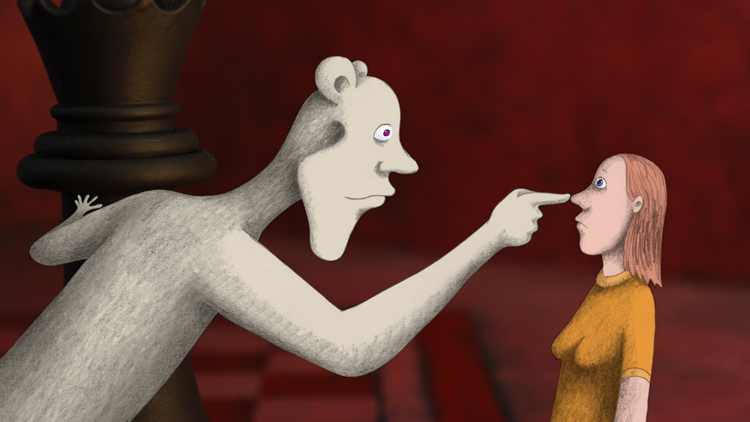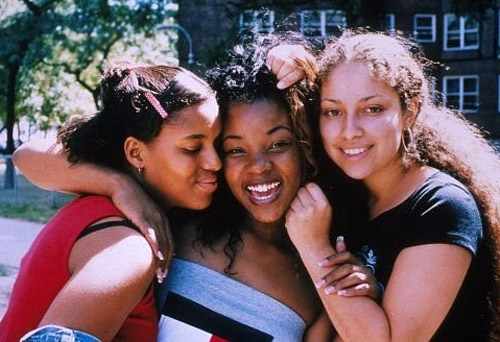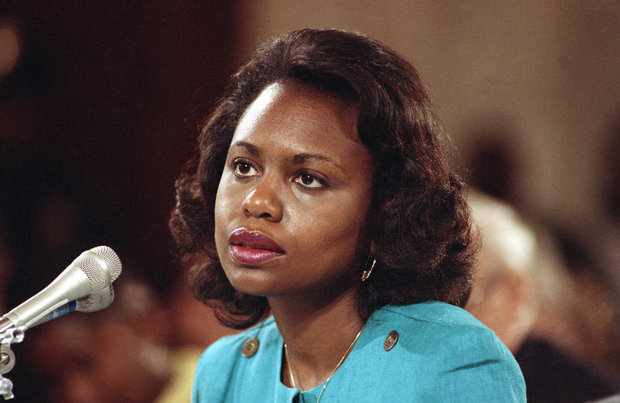Queens, Princesses, and the Battle of the Sexes in ‘The Lion In Winter’
Their strength lies in being able to laugh at the terrible or dangerous situations in which they find themselves, and this is particularly true of the female lead, Eleanor of Aquitaine, who declares that smiling is “the way [she] register[s] despair.” Indeed, while the 2003 adaptation shows Eleanor’s war with her husband Henry II of England at the beginning of the movie, and shows her in armor and taking part in the action, to take away or lessen Eleanor’s sense of humor is to take away both her greatest weapon and greatest defenses.

